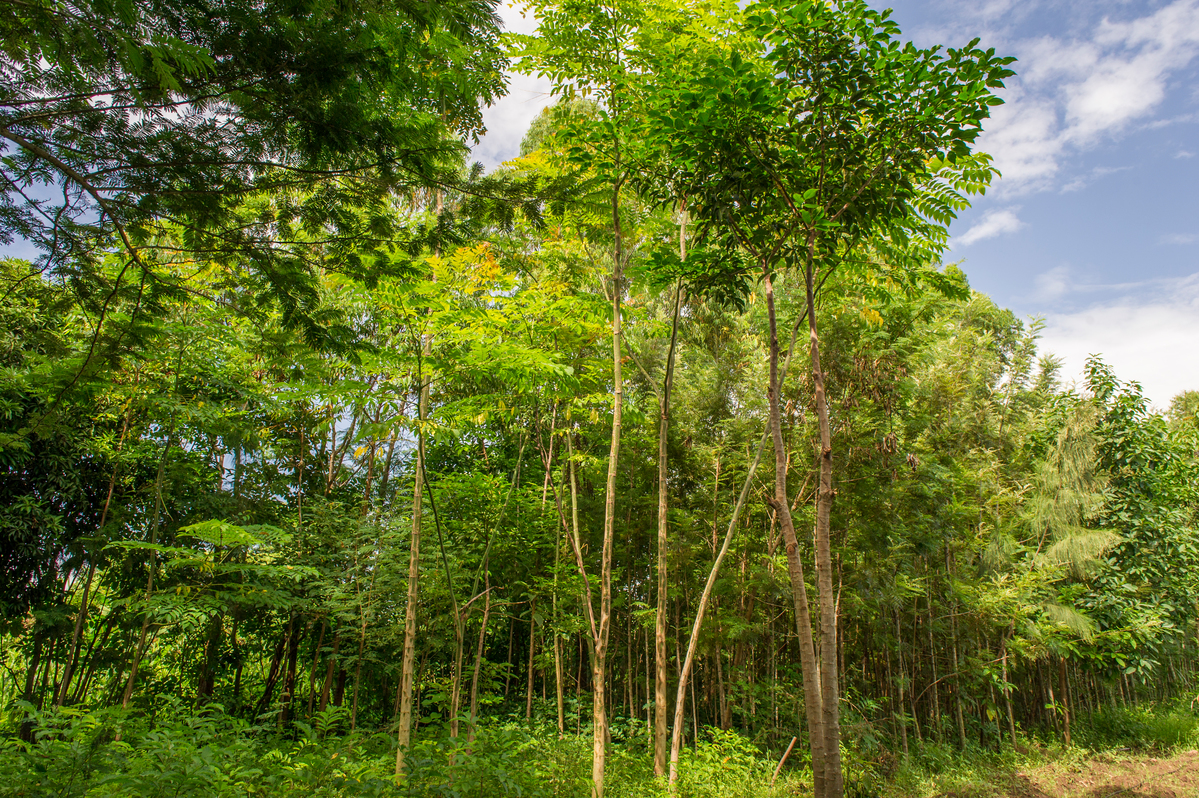Nairobi, 19 March 2019 – Following reports that several people have died of hunger in Baringo and Turkana Counties, while thousands of others face starvation due to the ongoing drought in Kenya, Greenpeace Africa’s Food For Life Campaigner Claire Nasike has said:
“It is troubling that hundreds of thousands of people face starvation in a country with a lot of agricultural potential. It is even more atrocious that the government is still in denial, claiming that the situation is under control when deaths are being recorded. Even more disturbing is the fact that, while many are at risk of starvation, stores in nearby counties are overflowing with food because of a standoff over purchasing prices between the government and frustrated farmers.”
According to a report published in 2017[1], Sh150 billion worth of food went to waste, tossed out or left to rot. This is as a result of poor post-harvest handling techniques. Farmers continue to lose tonnes of food every year, even as millions of Kenyans are grappling with starvation fuelled by debilitating drought.
“Cases of drought occur every three to four years, the government can certainly plan ahead. Turkana and Baringo county have in the past experienced heavy rainfall that resulted in flash floods. Instead of handing out relief food, the Ministry of Agriculture should build resilience by putting in place effective water harvesting facilities to ensure that arid and semi-arid counties have enough water to grow crops during the drought season.
“Greenpeace Africa is calling on the Ministry of Agriculture and county governments to prioritise the agriculture sector by supporting agricultural investments at the community level. They should also ensure that farmers are paid on time to enable them supply produce to the National Cereal and Produce Board frequently.”
Media Contact:
Hellen Dena,
Communication Officer –
Greenpeace Africa, [email protected], +254717104144
[1] https://www.standardmedia.co.ke/business/article/2001278758/sh150-billion-worth-of-food-going-to-waste



